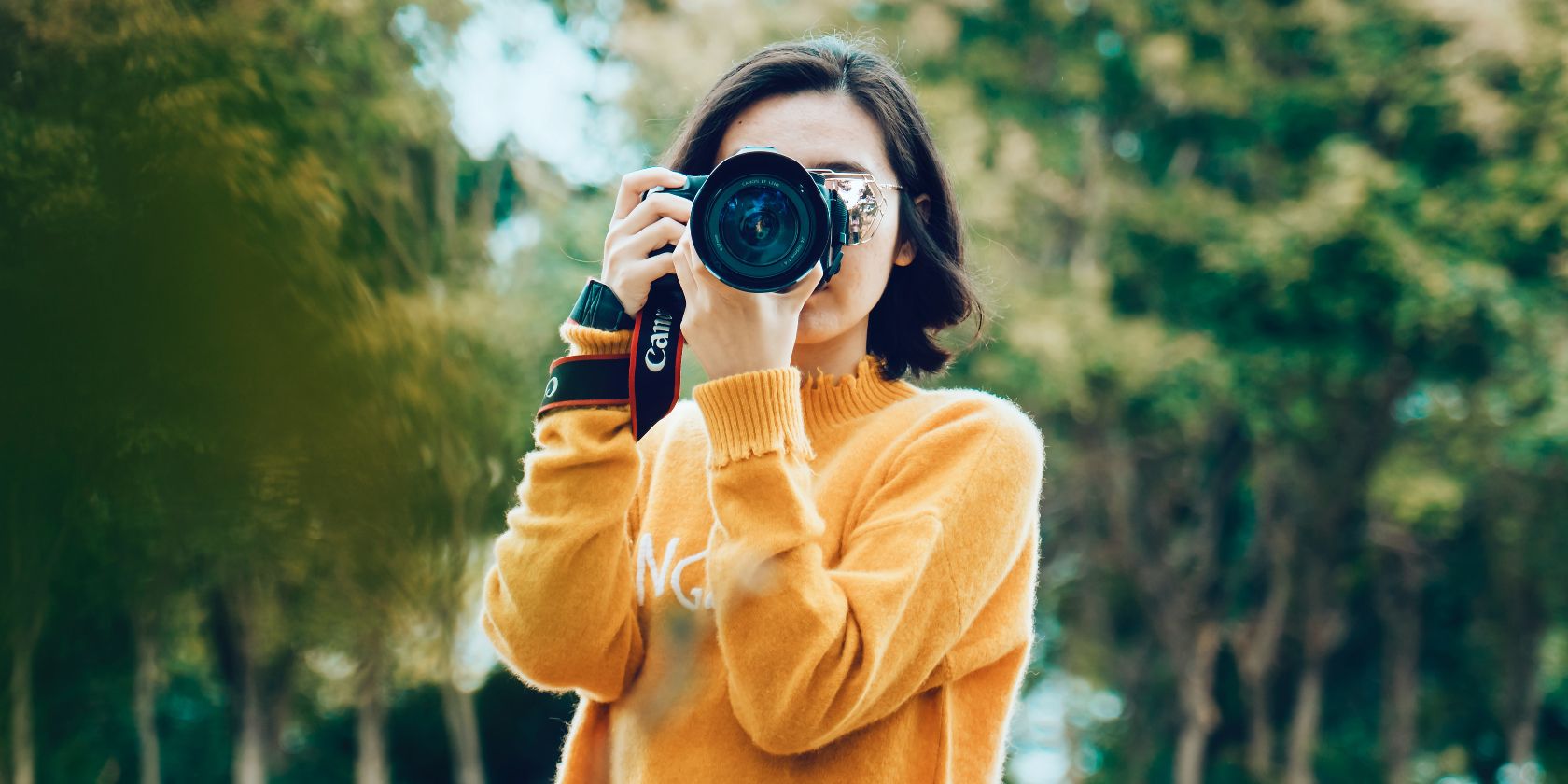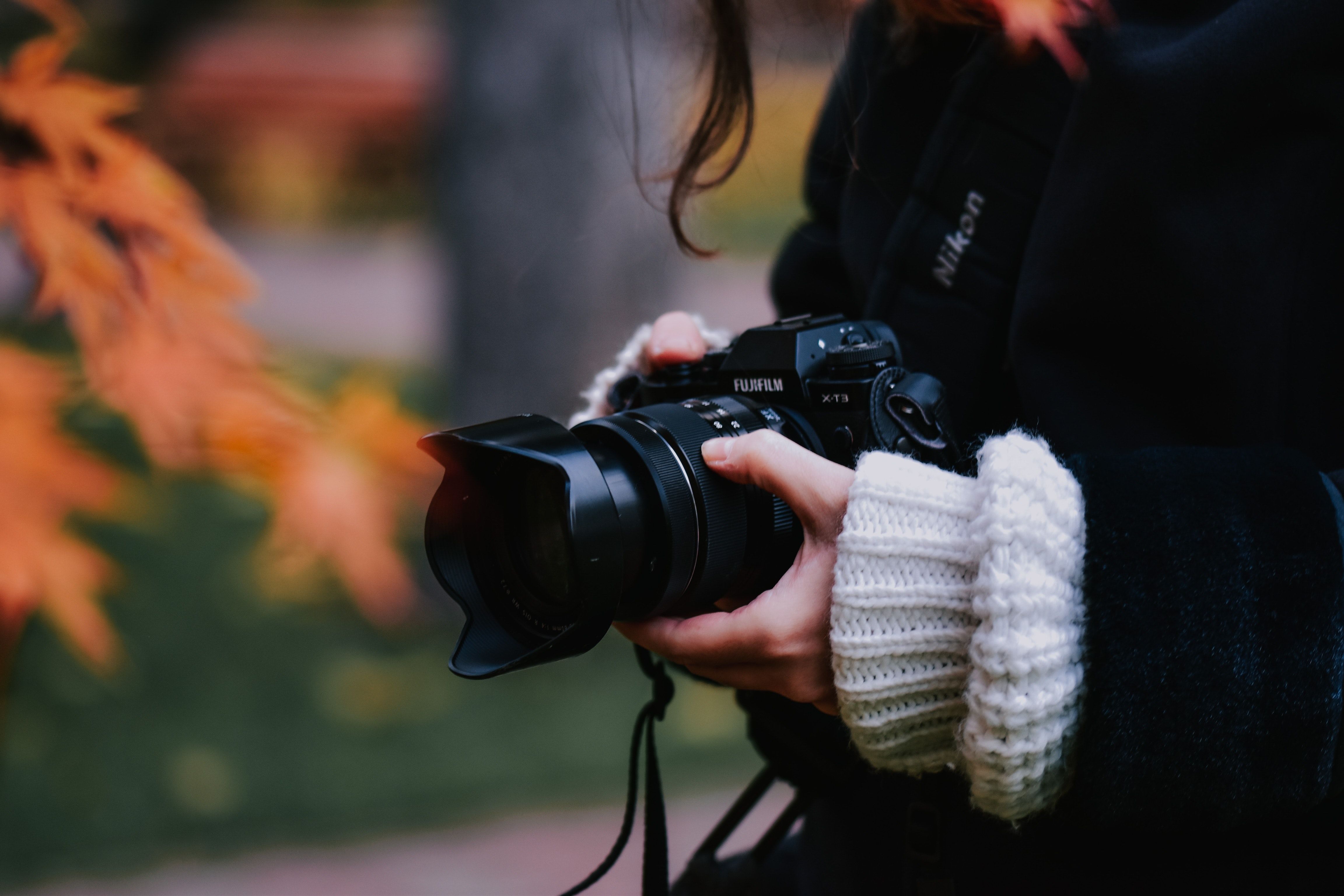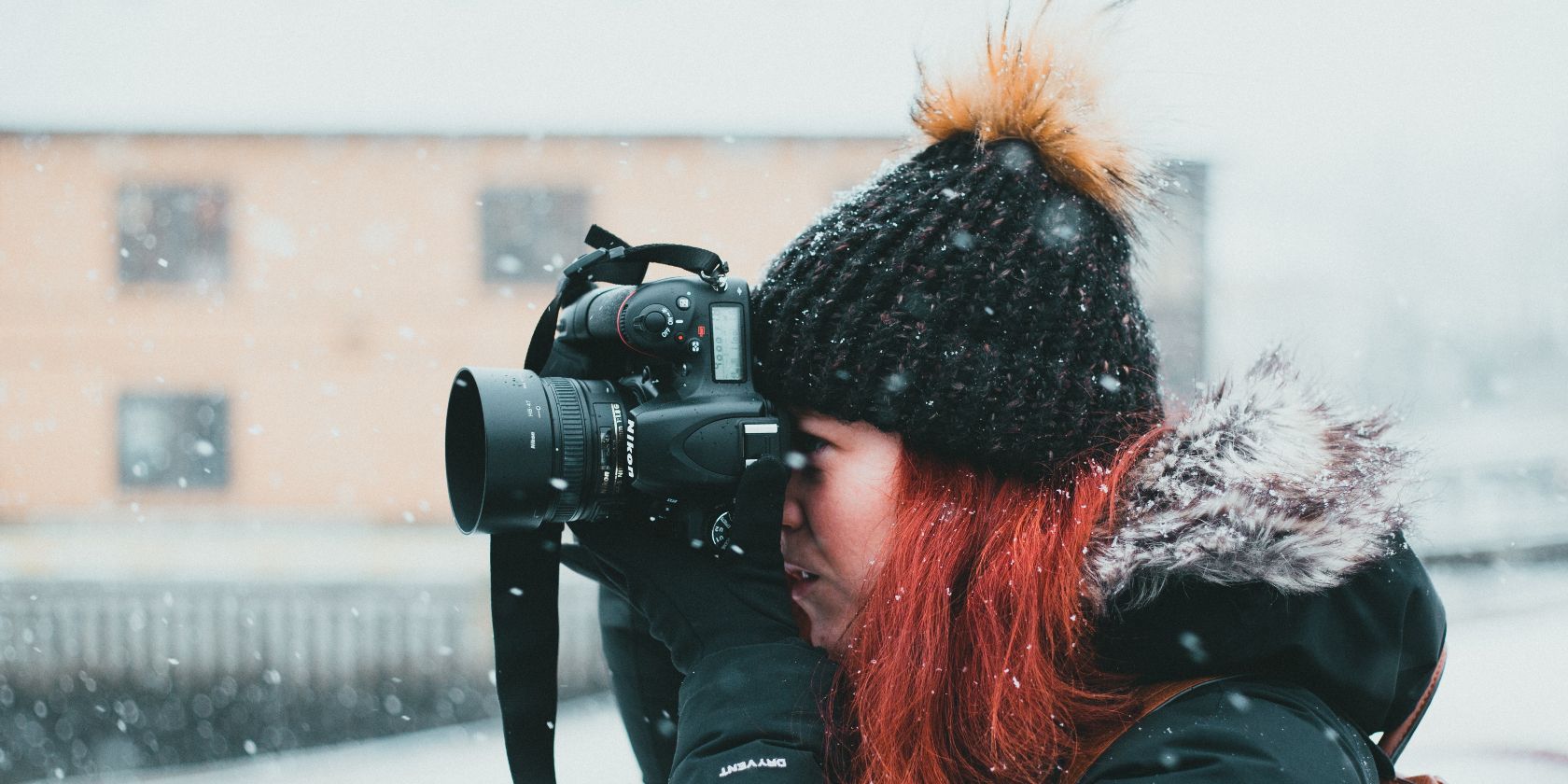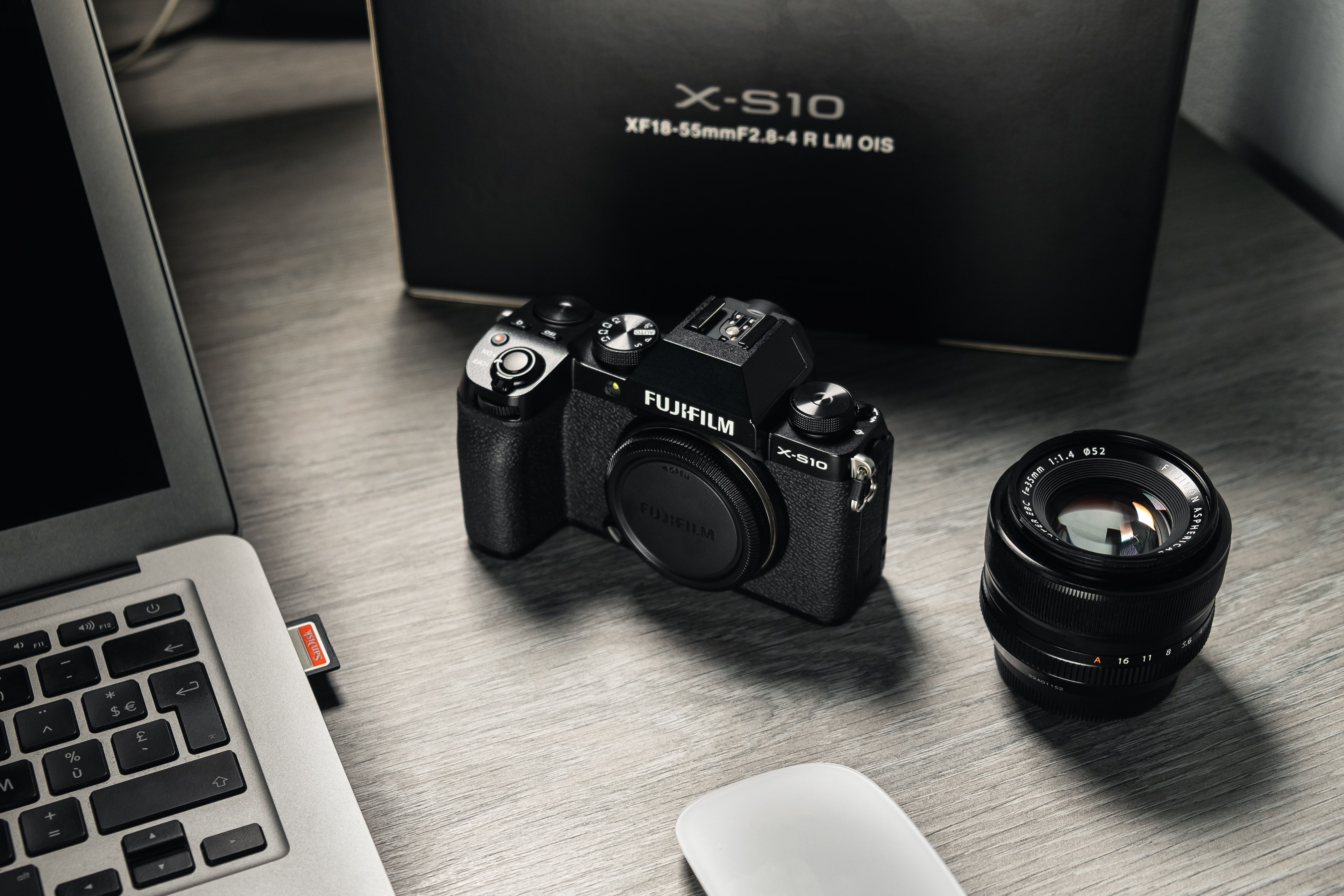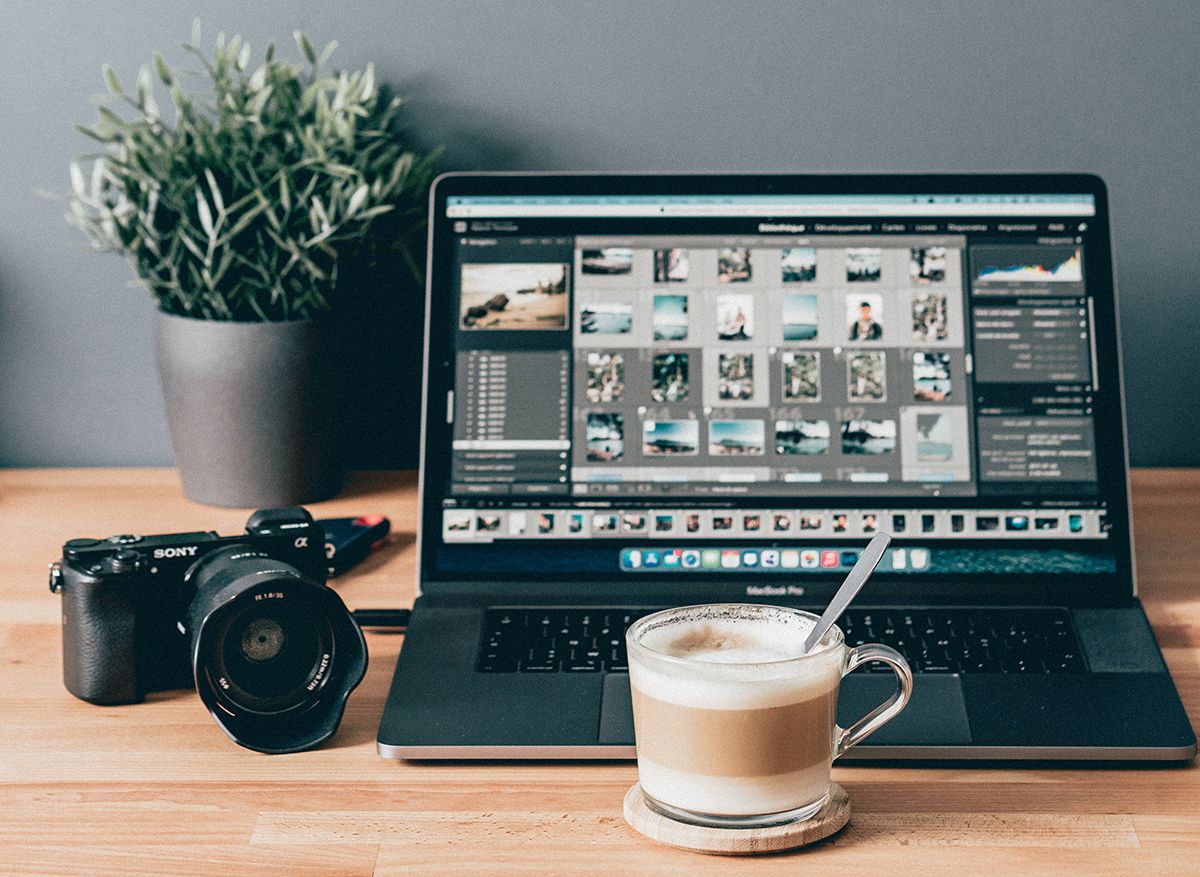If you decide that you like photography enough to stick with it for the long run, you’ll probably start consuming a lot more content from several creators. And as you do, one thing you’ll often hear many of them talk about is “finding your style”.
Many beginner and intermediate photographers put significant pressure on themselves to find a particular style, and in the process, they risk stifling their creativity. Discovering a specific look for your images takes a long time; while you won’t find a one-size-fits-all solution, there are several tips that might help you on your journey.
This article will outline eight things you can do to find your style as a photographer.
1. Try Multiple Genres in Your Early Days
Having a long-term vision is a good idea, but you shouldn’t focus too much on building an audience or growing a business when you first pick up a camera. Instead, you want to spend as much time as you can learning about your craft and trying new things.
Photography is a field that varies significantly. Many people discover their love for capturing portraits, whereas others are more into travel photography. You will naturally gravitate towards the niches that interest you the most, but the only way you can find out what these are is by trying more than one.
2. What Conditions Do You Enjoy Shooting in the Most?
You can find a good photo at any time of the day—even during periods that aren’t as ideal, such as midday when the lighting is harsh. However, you will probably prefer shooting more at certain times than others—and knowing what these are will help you find your photography style.
Golden hour is popular with photographers because the lighting is excellent, and the shadows are less harsh. However, you shouldn’t discount blue hour or overcast conditions.
Your preferred photography conditions might change throughout the year, especially if you live somewhere with long days in the summer and shorter ones during the winter.
3. Take Your Personality and Values Into Account
Regardless of the creative field you pursue, your work is an extension of who you are as a person. You’ll also notice that your style will vary depending on how you feel in your personal life; you might want to create something more somber if you’re experiencing depression, for example.
Think about who you are as a person. Are you naturally more shy than the average person, or do you enjoy being the center of attention? Do you crave the longer summer days, or do you tend to find more peace when it’s dark?
You should also consider your core values. By combining this with your personality, you’ll naturally begin to take photos that align better with your authentic self.
4. Try Different Camera Operating Systems
If you’re a beginner in photography, the parameters you think of when choosing your first camera will differ from those with more experience. When you purchased your first camera, you probably looked for user-friendliness and pricing before thinking about how your images would look.
Once you’ve learned more about the basics of picture-taking, you might want to consider branching out to a different camera operating system. For example, if you’ve used Nikon since your early days, you might find that you prefer FujiFilm down the line.
When you use a new camera manufacturer, you’ll have to contend with an initial learning curve. But after that, you’ll have a better idea of what you do and do not like. If you don’t like the new camera you’ve chosen, you can always sell or exchange it for something else.
5. Commit to Taking Photos Regularly
Many photographers automatically put themselves at a disadvantage because they’re not consistent with their picture-taking. If you only go out once every couple of months with your camera, you won’t learn much about the craft or yourself.
If you want to find your style in photography, you must commit to taking pictures regularly. You don’t need to go out every day, but you should try to do so at least once per week during the beginner phase. Even one hour is better than nothing.
You might need to alter priorities in your life, such as cutting back on smartphone use or watching TV.
6. Try Multiple Editing Styles and Software
If you get your photo right technically, you won’t have anywhere near as much work to do in the post-production phase. However, your camera often doesn’t see the world exactly as you do; ignoring the benefits of editing tools like Adobe Lightroom will hold you back in finding your style.
You’ll probably make many beginner mistakes when you first edit your photos, but you’ll learn the ins and outs of your software over time. Don’t hesitate to experiment with different sliders until you find something that you think resembles you well.
7. Create a Pinterest Mood Board
If you don’t know where to start in your photography journey, you can start by looking for inspiration. Pinterest is one of the best places to do this, and the platform is also excellent for keeping all of your ideas in one place for future reference.
Pinterest lets you create mood boards with both your and other people’s work. Search for terms and topics that interest you before adding these to your board. Once you’ve gathered enough pictures, you’ll have a better idea of how you want your own images to look.
8. Don’t Focus Too Much on Finding Your Style
We know this point seems pretty counterintuitive. But if you focus too much on finding your photography style, you might stop it from naturally meeting you in the middle.
Instead of worrying about finding your photography style, take your camera out with you and photograph whatever you think looks interesting. Over time, you’ll notice that your favorite pictures follow a consistent theme.
Finding Your Photography Style Is a Journey
Standing out is crucial as a photographer, especially if you want to build an online presence. However, you will probably spend years searching for your style and developing your voice in this field.
To become known for something particular in photography, you need to adopt a student mindset and constantly seek growth. Moreover, you must take your camera out and shoot regularly—even if it’s only for an hour each week.
If you stay consistent and learn from your mistakes, you’ll naturally find your photography style over time.

